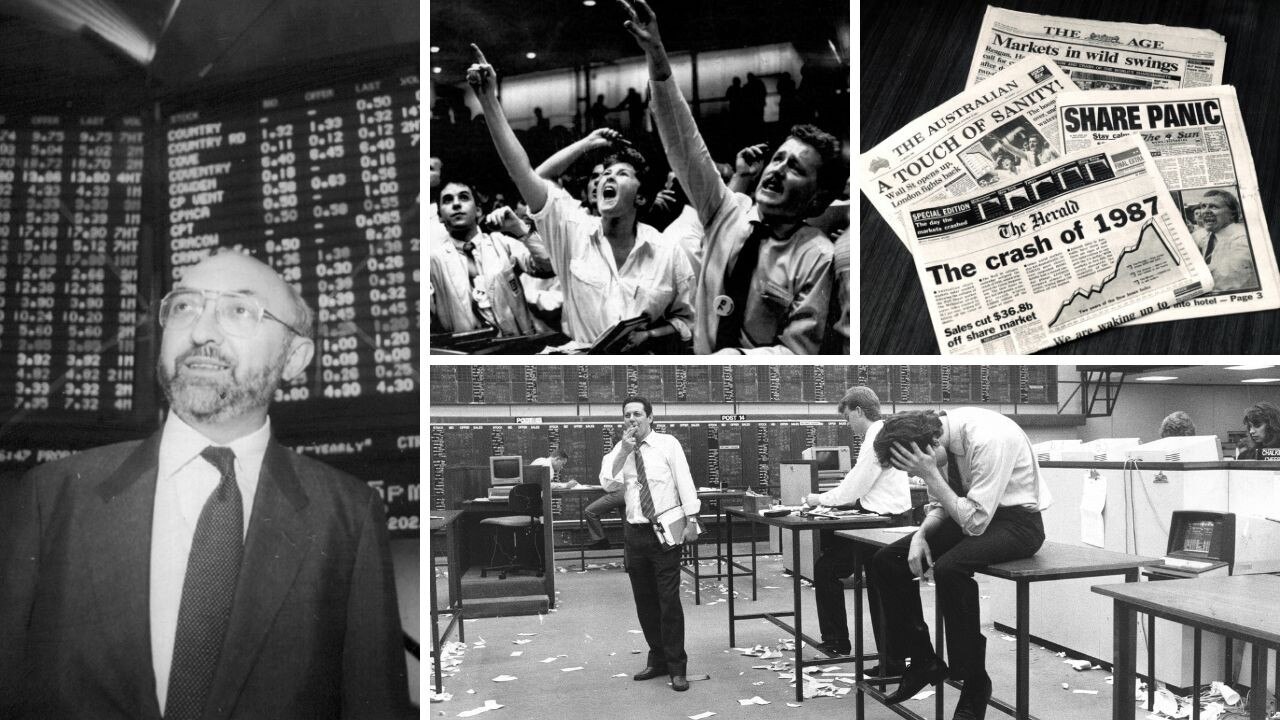Can PM Anthony Albanese’s fix survive the meltdown?
Even if some successes come out of the jobs summit, we will still need to get through the rush of turmoil heading our way, demonstrated by Thursday’s $47bn market plunge.
Terry McCrann
Don't miss out on the headlines from Terry McCrann. Followed categories will be added to My News.
While the fix – with or without quotation marks – was clearly in and on show in Canberra, the more immediate reality was the $47bn wiped off share values on the Australian Stock Exchange.
The big thing out of Day One was the Albanese government committing to multi-employer bargaining. Over to you Adam Bandt.
This should have been about as surprising as watching the sun come out of the east, even in a Canberra dawn. This was the one big thing the unions wanted. That was the ‘fix’, always very certainly ‘in’.
It is faintly possible that such industry-wide bargaining could deliver outcomes beneficial to both employers and employees, especially among SMEs and the ‘S’ in particular.
It could actually prove a fix – no quotation marks needed - for some of the problems in IR. But I wouldn’t bank too heavily on it.
That would require both highly skilled and good faith legislative drafting - not something all that common generally, but even rarer in the IR space.
And subsequently, a practical operational commitment by both individual unions and the union structure to use it in good faith and not to batter recalcitrant individual employers.
Further ‘fixes in’ for Day Two are likely be in the bigger and broader space around skills, arrived at very much by different players negotiating ‘deals’ off their own narrow best interests.

Do we fix the migrant number at an extra 40k for a total of 200k? What deals are struck with the skills and visa mixes to get such a ‘fix’?
Let’s assume an absolute ‘Best Case’ outcome from the Summit; that the whole two days does set us on the path to a better IR system, together with a much better, future-focused, jobs and skills dynamic; and with all the components slotted neatly and effectively into place.
That would be great, if optimistic; but even so, we would first have to get through all the turmoil rushing at us at increasing breadth and ferocity, demonstrated by that market fall.
On one level the fall was straightforward. We are being driven by Wall St and Wall St has been driven over the last week by Fed head Jerome Powell’s tough-talking on inflation.
Apart from the point I always make about the Fed and Wall St: I’ll believe it when I actually see it: the ‘it’ being a ‘Fed that delivered tough’.
We haven’t seen one in 40 years. Not since the (Paul) Volcker Fed ‘delivered 20 per cent official interest rate tough’.
And also helped deliver Ronald Reagan into the White House and on to ending the Cold War in his deal with the now-late Mikhail Gorbachev.
The big mistake would be to see this as all purely one dimensional: that it’s about the Fed and interest rates and Wall St.
So that if Wall St did throw a sufficiently big tantrum and the Fed inevitably backed off, that it would be, if not exactly ‘Happy Days, at least not grossly UN-happy days, were here again in our financial and economic affairs; and we could move smoothly to that agreed IR and skills upside.
No, too many cans had been kicked down the road before Covid. Then add on Covid and everything we – as in, the world – have done over the past two-and-a-half years.
I don’t think Australians fully appreciate the energy catastrophe that is going to sweep Europe over this winter.
Prices rising by hundreds of per cent – that’s if you are lucky enough to get the energy in the first place.
We’ve already seen Europe’s problems trickle into our market. It’s going to become a flood into 2023.
The last thing the average Aussie is going to be thinking about is what this Summit delivered – in fixes or ‘the fix’.
Originally published as Can PM Anthony Albanese’s fix survive the meltdown?



